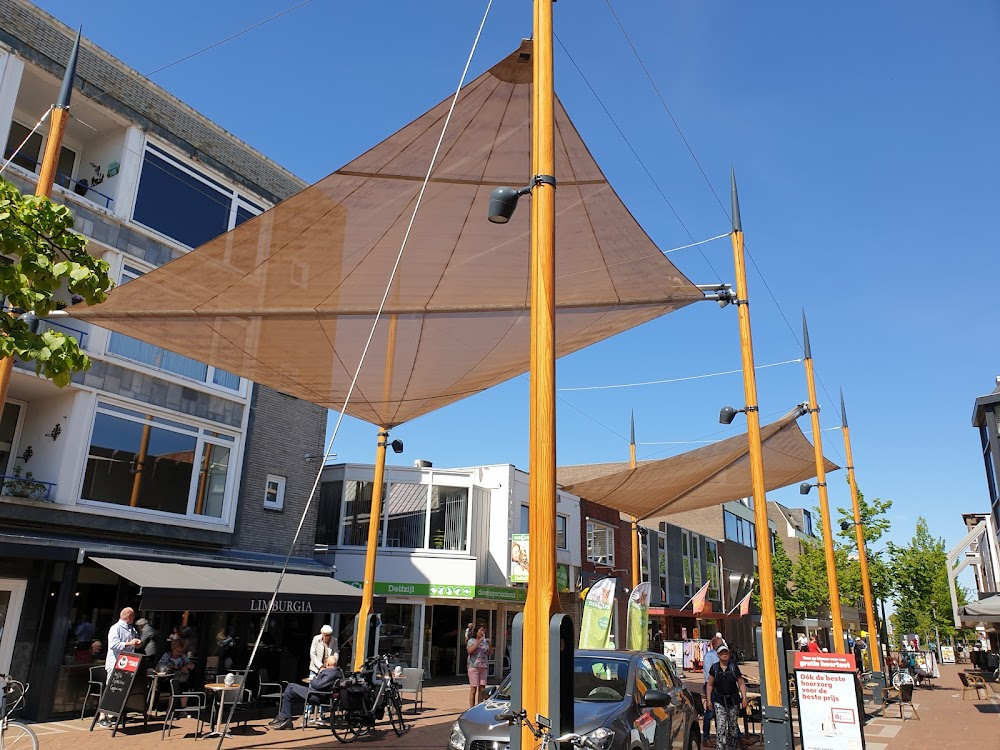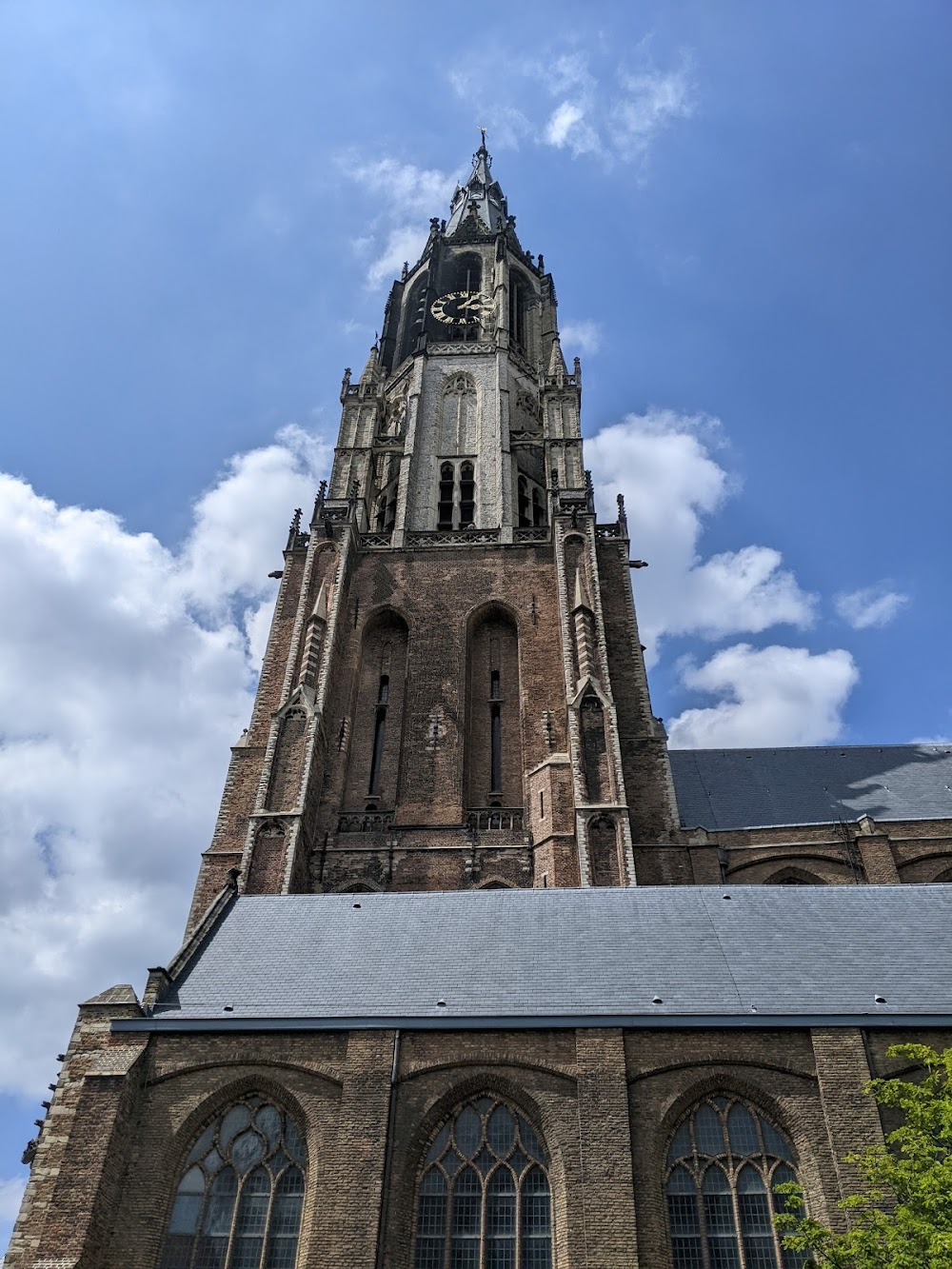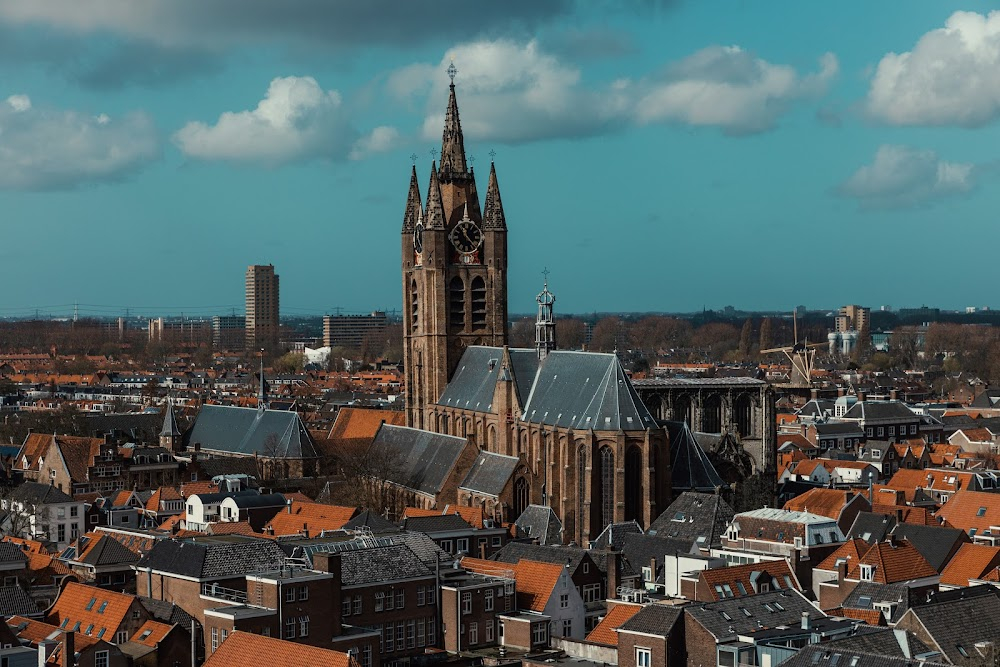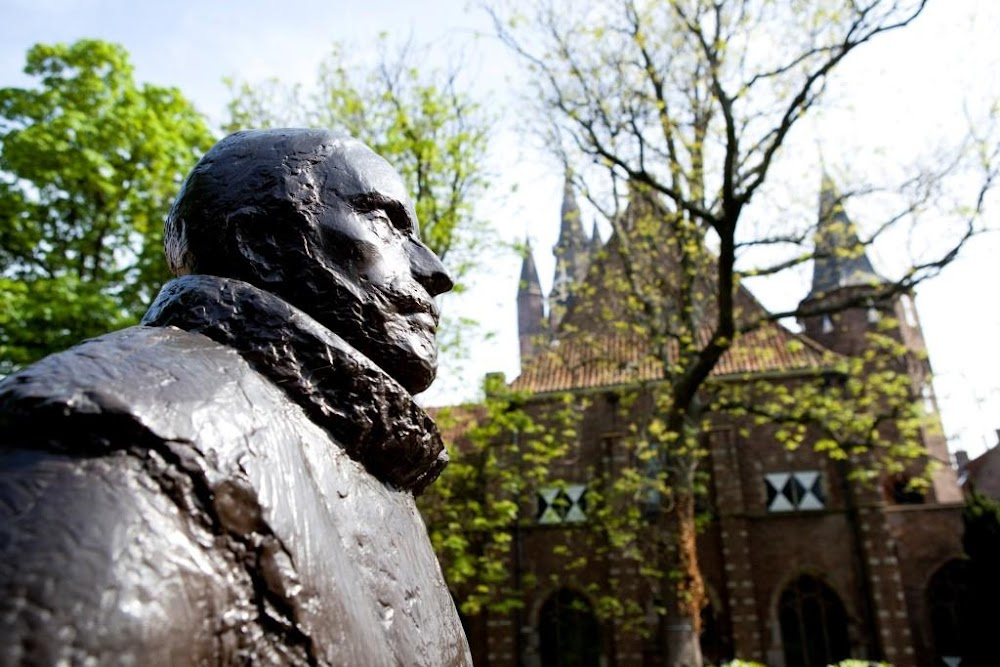Willem van Oranje Filming Locations

Where was Willem van Oranje filmed? Willem van Oranje was filmed in 9 locations across Netherlands and Belgium in the following places:
Willem van Oranje Filming Locations
Amsterdam is the Netherlands’ capital, known for its artistic heritage, elaborate canal system and narrow houses with gabled facades, legacies of the city’s 17th-century Golden Age. Its Museum District houses the Van Gogh Museum, works by Rembrandt and Vermeer at the Rijksmuseum, and modern art at the Stedelijk. Cycling is key to the city’s character, and there are numerous bike paths.
The City of Brussels is the largest municipality and historical centre of the Brussels-Capital Region, as well as the capital of the Flemish Region and Belgium. The City of Brussels is also the administrative centre of the European Union, as it hosts a number of principal EU institutions in its European Quarter.
Delft, a canal-ringed city in the western Netherlands, is known as the manufacturing base for Delftware, hand-painted blue-and-white pottery. In its old town, the medieval Oude Kerk is the burial site of native son and Dutch Master painter Johannes Vermeer. Once the seat of the royal House of Orange, the 15th-century Nieuwe Kerk houses the family's tombs and overlooks Delft's lively market square.
Delfzijl is a city and former municipality with a population of 25,651 in the province of Groningen in the northeast of the Netherlands. Delfzijl was a sluice between the Delf and the Ems, which became fortified settlement in the 16th century. The fortifications were removed in the late 19th century.
Middelburg is a city and municipality in the south-western Netherlands serving as the capital of the province of Zeeland. Situated on the central peninsula of the Zeeland province, Midden-Zeeland, it has a population of about 48,000.
Vlissingen, historically known in English as Flushing, is a municipality and a city in the southwestern Netherlands on the former island of Walcheren. With its strategic location between the Scheldt river and the North Sea, Vlissingen has been an important harbour for centuries. It was granted city rights in 1315.
Willem van Oranje (1984)
As the Dutch title indicates, this series chronicles magnificently the life of William I "the Silent" of Orange, who grew up with his Lutheran family in the princely castle of a minor German countship of Nassau at Dillingen, till at eleven he inherited the vast riches of the prince of Orange (in southern France, with major possessions in the Low Countries), and was sent to the Holy Roman emperor Charles V's sister Margareth's gubernatorial court in Brussels to receive a Catholic education. He soon became a Habsburg confident and high councilor, a gifted diplomat and military officer. However when the persecution of the Protestants -and some other measures- arouses great resistance with the people and many nobles, it gets ever harder to remain loyal to the crown for the Lutheran at heart, who ends up leading the opposition once Charles' heir, king Philip II of Spain, ceases all negotiations and tries to impose his absolute rule by military force, which however only succeeds in splitting the Low Countries in a southern Catholic half under Habsburg control and a northern one, dominated by Calvinists, which ultimately becomes the 'crowned republic' of the Seventeen United Provices under William (and later his heirs, for centuries maintaining his title of Stadholder, theoretically Habsburg governor), painstakingly seeking a diplomatic course amidst the wars and religious civil wars throughout Europe. His personal life is also sketched, including several marriage alliances and a recognized son out of wedlock.




